
Passionate about designing products and experiences that make a difference, I am particularly driven to help those who are often overlooked or underserved.
Final Project
Assisting General Practitioners in early Parkinson’s disease detection and distinguishing it from other conditions that resemble Parkinson’s.
Persea
Parkinson’s Disease (PD) represents a rapidly advancing neurodegenerative condition that leads to a gradual decline in dopamine levels. The initial region where the sense of smell is typically affected is the olfactory bulb, which is responsible for processing odours in the brain. One of the earliest symptoms experienced by 90% of individuals with PD is a diminished sense of smell. Unfortunately, due to the gradual nature of this decline and the general lack of awareness regarding the connection between smell and PD, it is often overlooked.
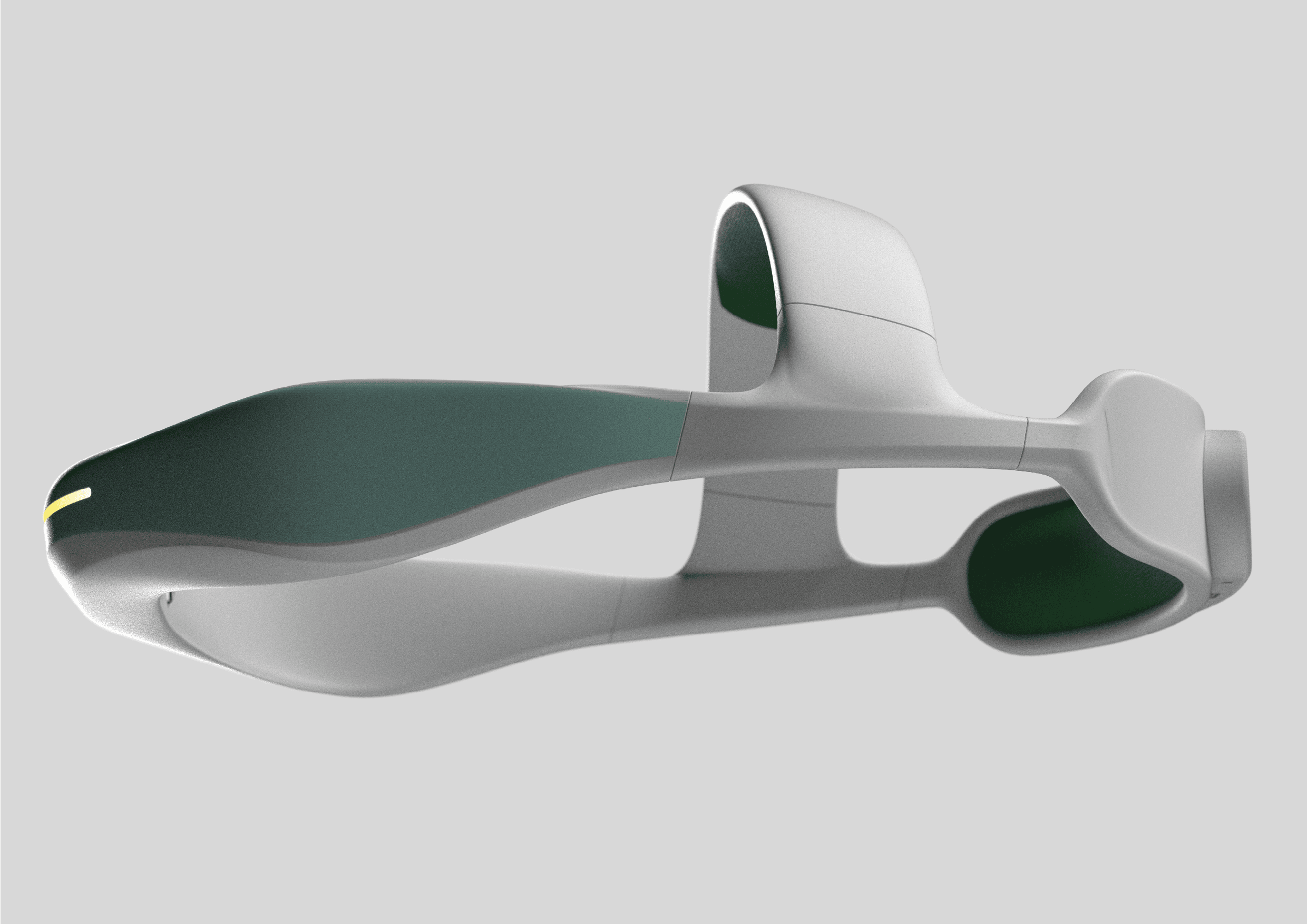
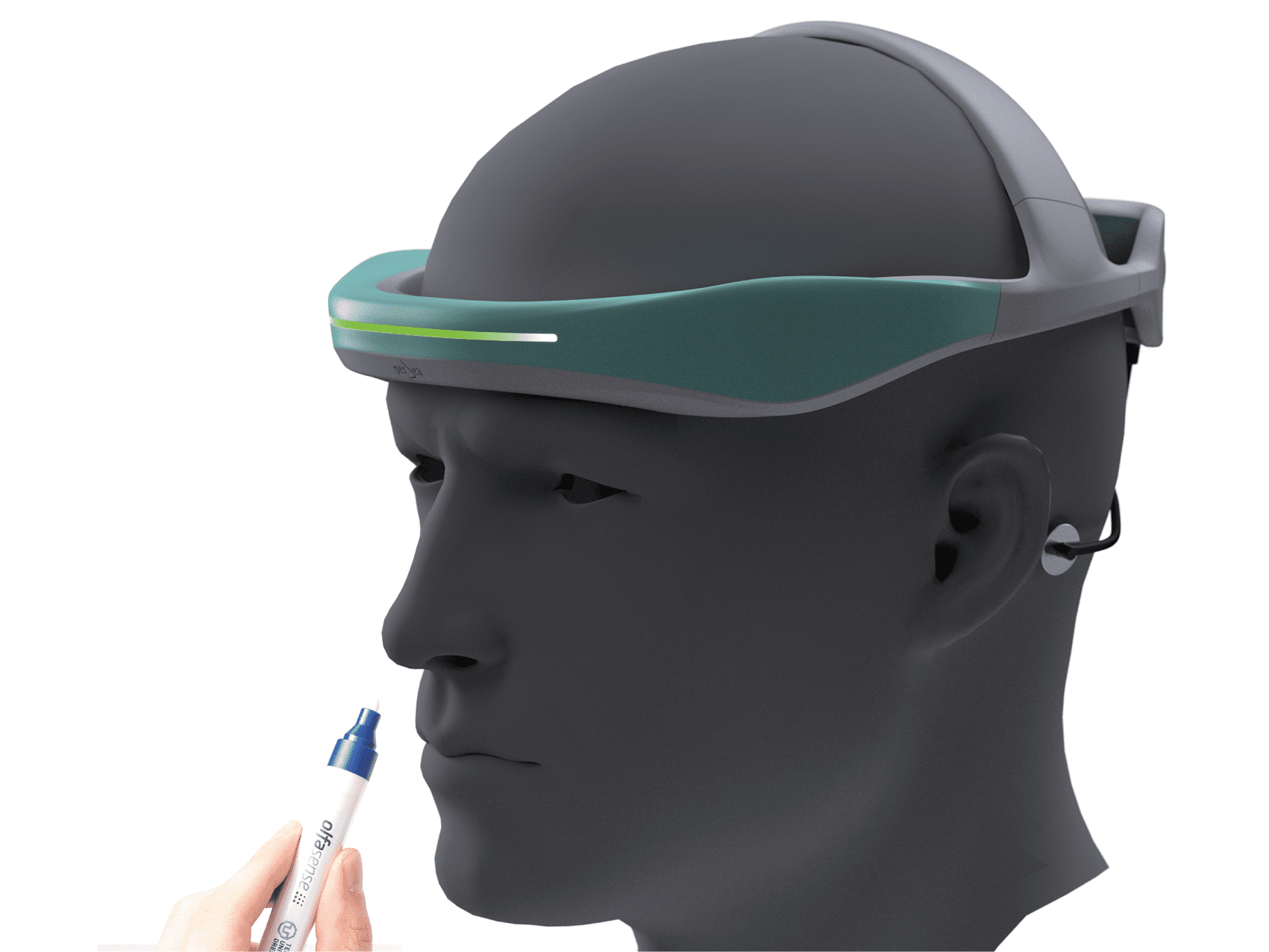
How it Works
Currently, the sole method employed for Parkinson’s Disease (PD) detection involves a subjective physical examination, representing a significant challenge. Adding to the difficulty is the emergence of physical symptoms typically after an incubation period of 5-10 years within the brain, resulting in delayed diagnosis and consequent impact on patients’ well-being. Currently, no alternative approaches exist to replace the physical examination for PD detection.
Persea employs non-invasive electrodes positioned on the forehead to gauge the electrical activity of the olfactory bulb during odour perception, enabling the prediction of Parkinson’s Disease.
This can serve as a straightforward detection tool for General Practitioners (GPs), where the individual’s olfactory bulb activity is measured and recorded while experiencing an odour stimulus, allowing for an evaluation. It provides a quantitative approach to Parkinson’s Disease (PD) detection.
The test duration will span 5 minutes, during which the subject will be exposed to various odours for olfactory stimulation. Subsequently, the product will evaluate the activity of their olfactory bulb. Upon completion of the test, the results will be presented through 3 different coloured lights, placed at the front of the product.
Green Light: Zero to low chance of Parkinson’s Disease.
Amber Light: Test needs a redoing due to an error.
Red Light: High chance of Parkinson’s Disease, the patient needs to be monitored and must be checked by a specialist for further assessment.
Persea can also serve to distinguish Parkinson’s Disease from closely resembling conditions.
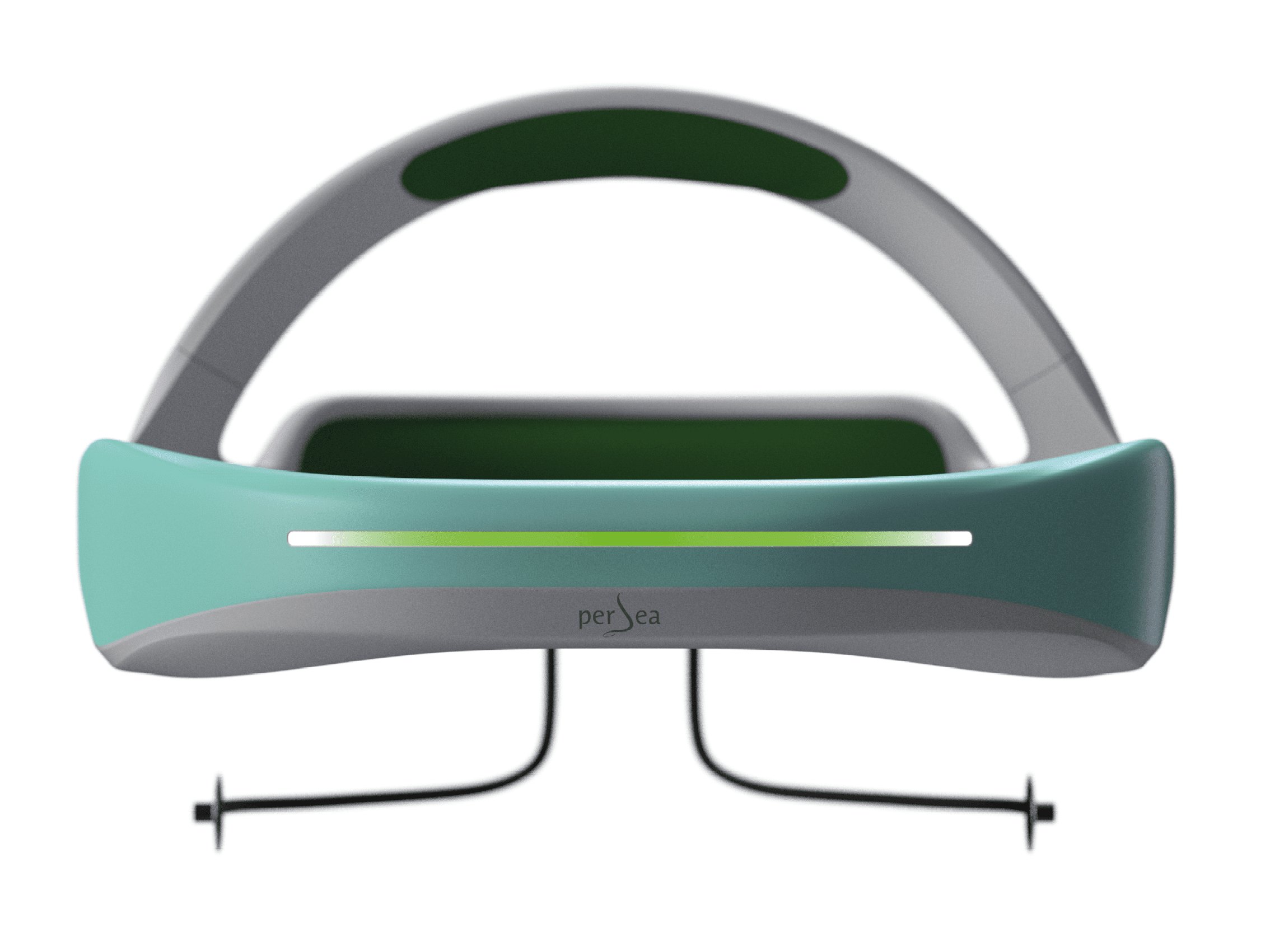
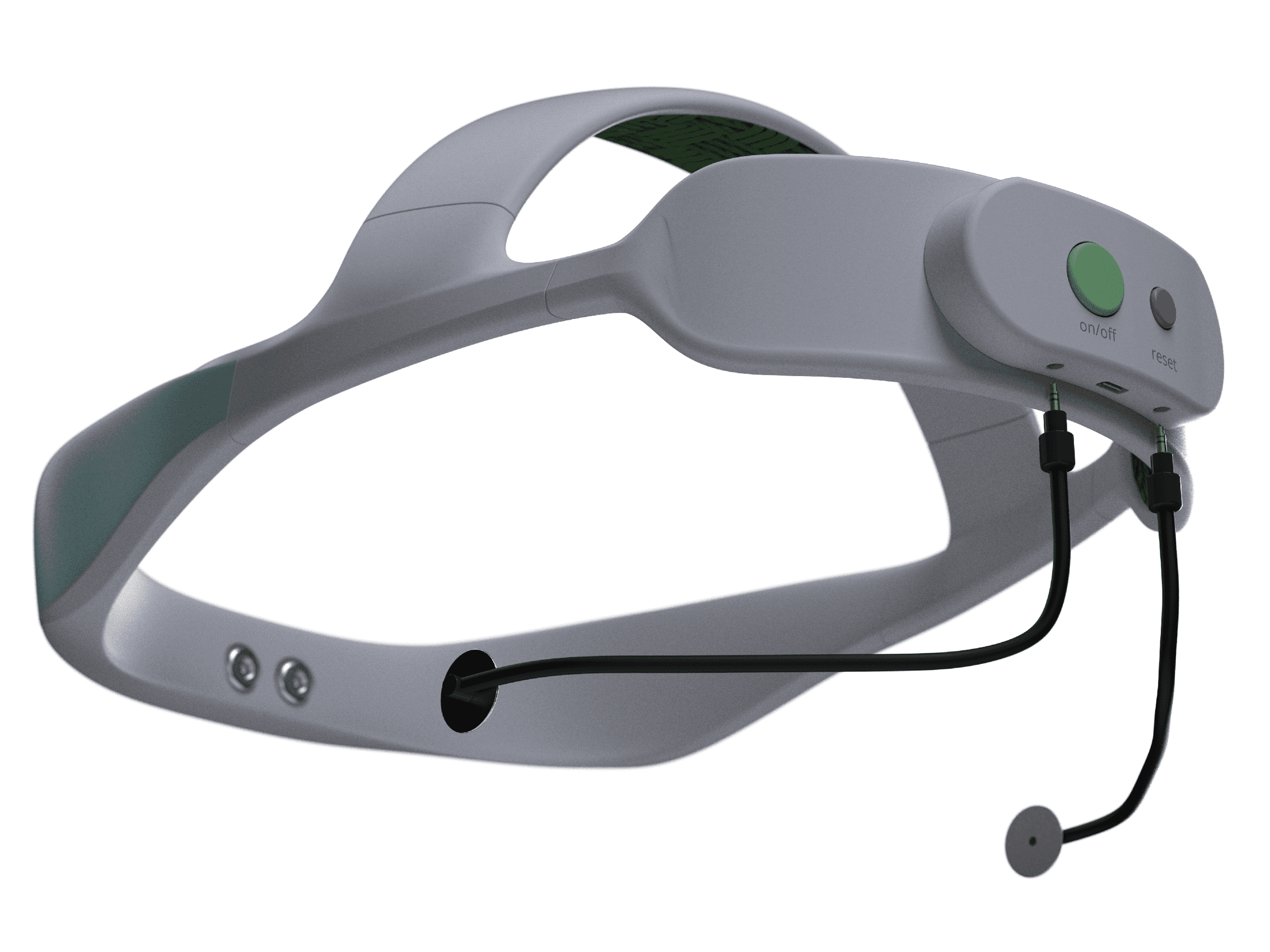
Electrodes
The electrodes utilized in this system are non-invasive and consist of two electrodes situated on the front portion of the device, approximately aligned with the olfactory bulb. Additionally, two reference electrodes are positioned at the rear. The setup process is simple and does not demand extensive training.
Initial Concept January 2022 – IDMP
This is my early concept idea in January 2022, it is providing with deeper information behind the concept and how it can help.
During the course of this project, I have actively engaged with Parkinson’s Support groups and a GP, gathering valuable feedback on my design, concept, and ideas from individuals who are in close contact to this condition.
Journey to the Show
Provided below are a few additional projects I have worked on during my time at Loughborough Design School.
Year 2: A futuristic toy concept for Nintendo, designed to help students moving away from home settle into their new place.
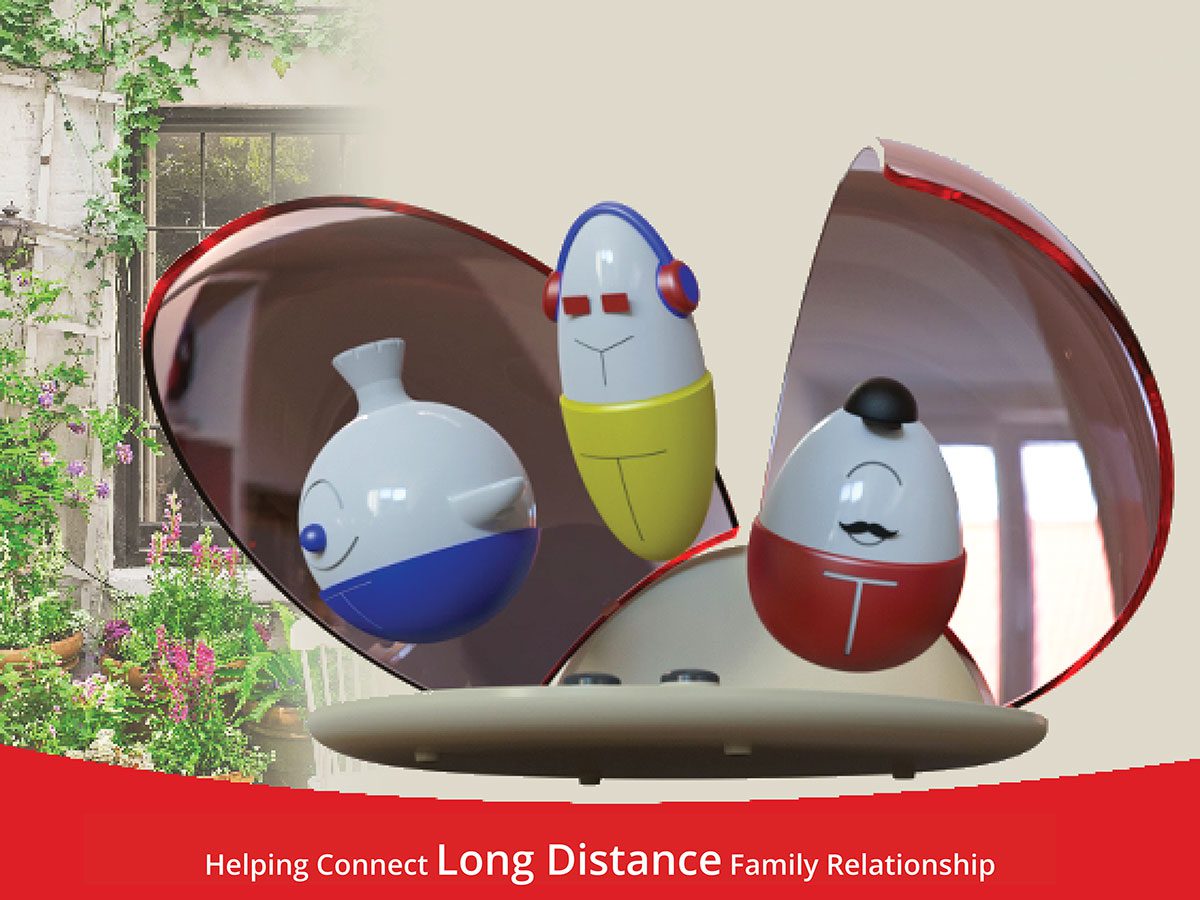
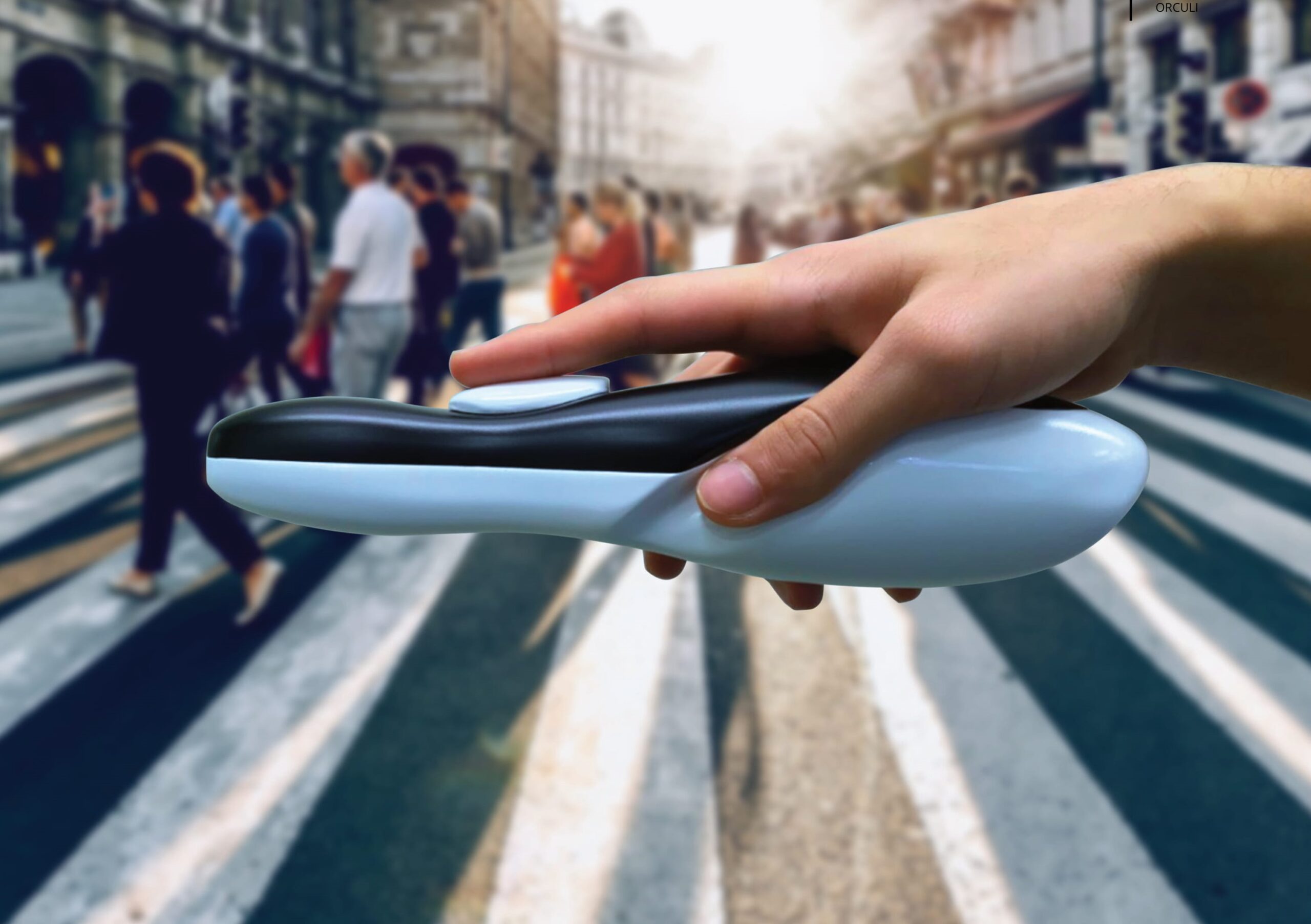
Year 2: The smart walking cane is a professional, formal, and user-friendly solution designed to assist blind individuals in independent navigation. It employs lidar sensors to evaluate the environment and offers haptic feedback for effective guidance.
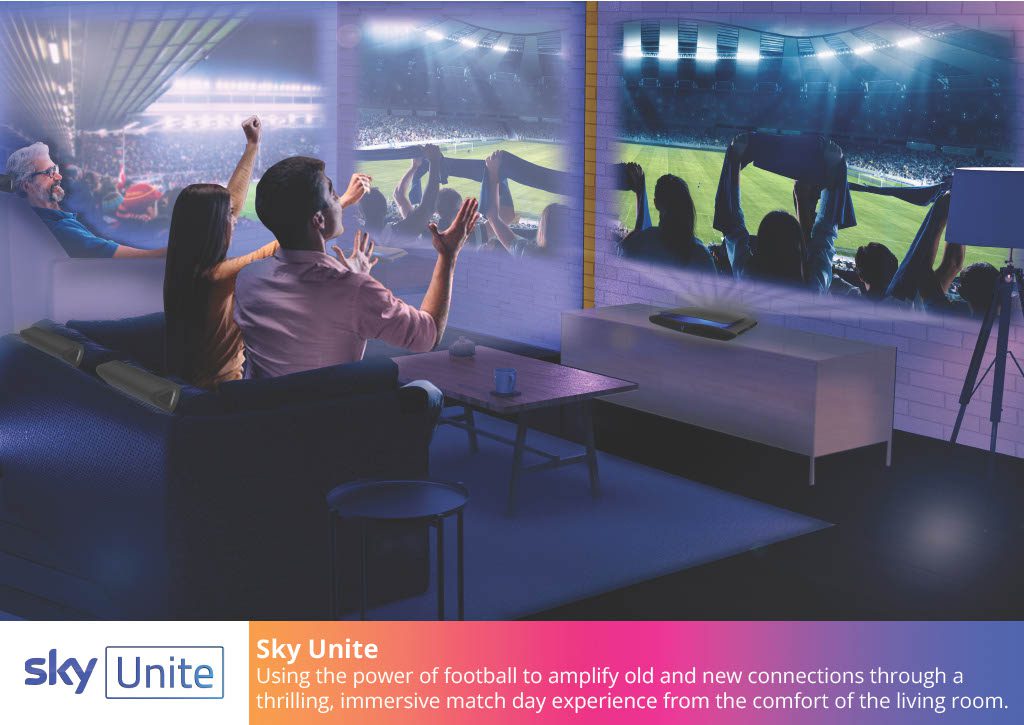
RSA Submission: Sponsored by SKY
Year 4: The professional and formal service-based product aims to leverage entertainment technology for fostering connections among individuals within the confines of their homes. The project explores the fusion of sports and technology, specifically focusing on football, to bring families and friends closer despite geographical distances.
Our group has currently been shortlisted as top 6, the winners will be announced by June.
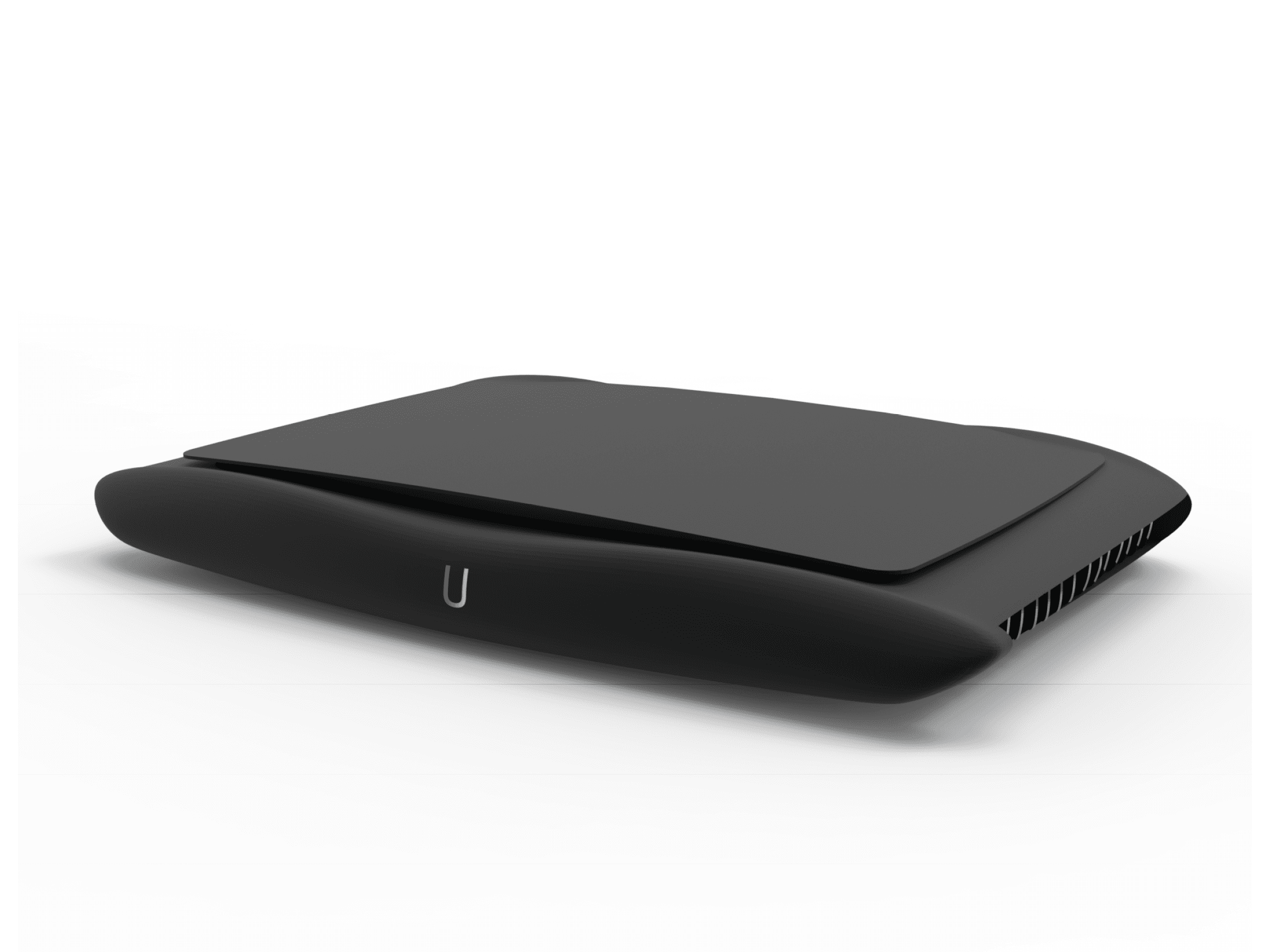
The projector served as the primary focus of our Industrial Design, with an emphasis on a dynamic and visually engaging appearance. The streamlined form successfully conveyed a sense of movement to enhance the overall aesthetic appeal.
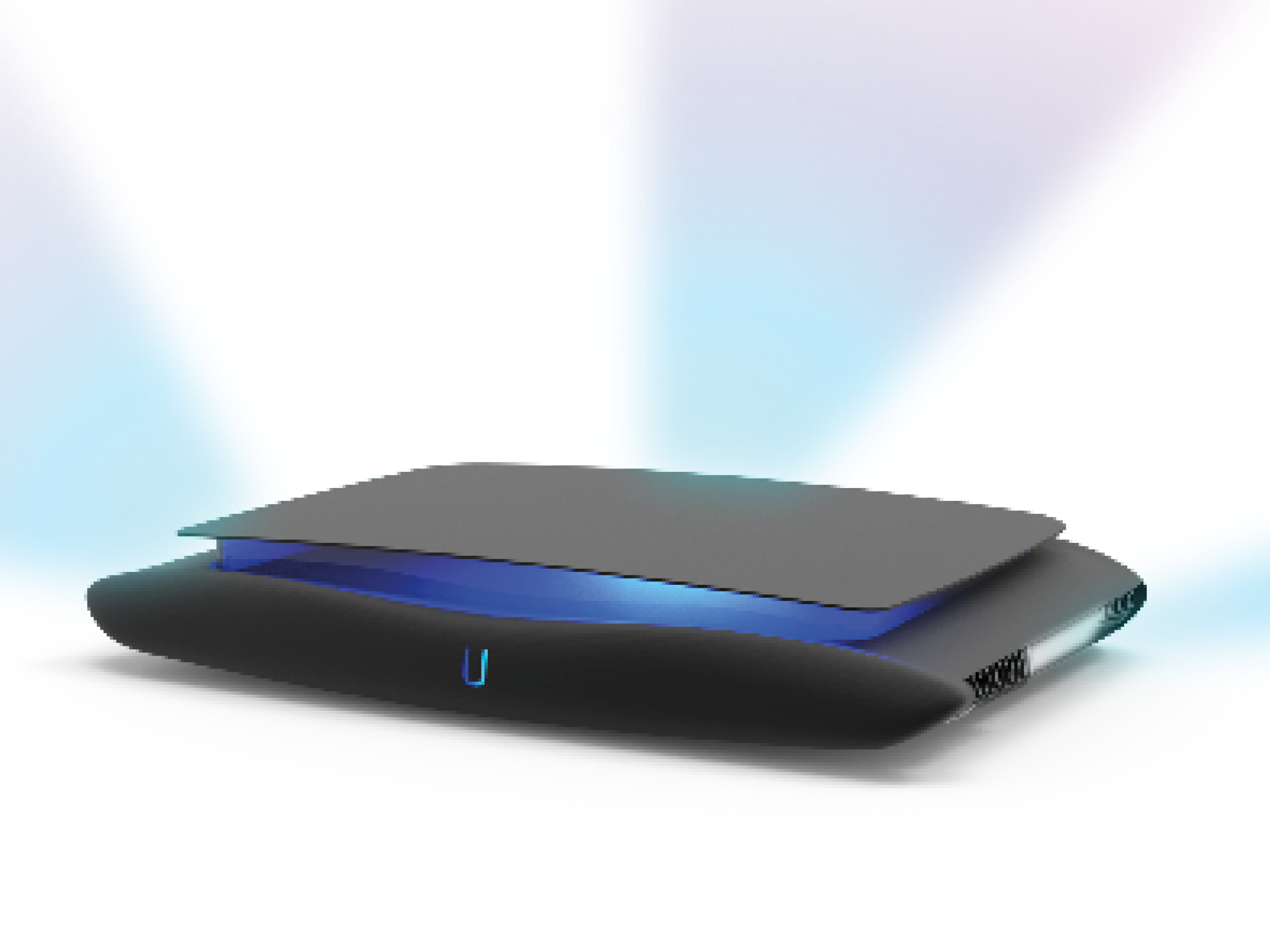
To create the magical experience, the projector would open elegantly, revelling a radiant display that projects sports content onto the user’s wall, creating an exciting and immersive experience.
The ultimate concept offered the exhilarating experience of watching football in a stadium alongside beloved companions, all within the comfort of one’s own living room.
A significant emphasis was placed on ensuring the active engagement of the elderly population with this product. To gather valuable insights and feedback on our design and ideas, we conducted visits to the Leicester Fox walking football club.
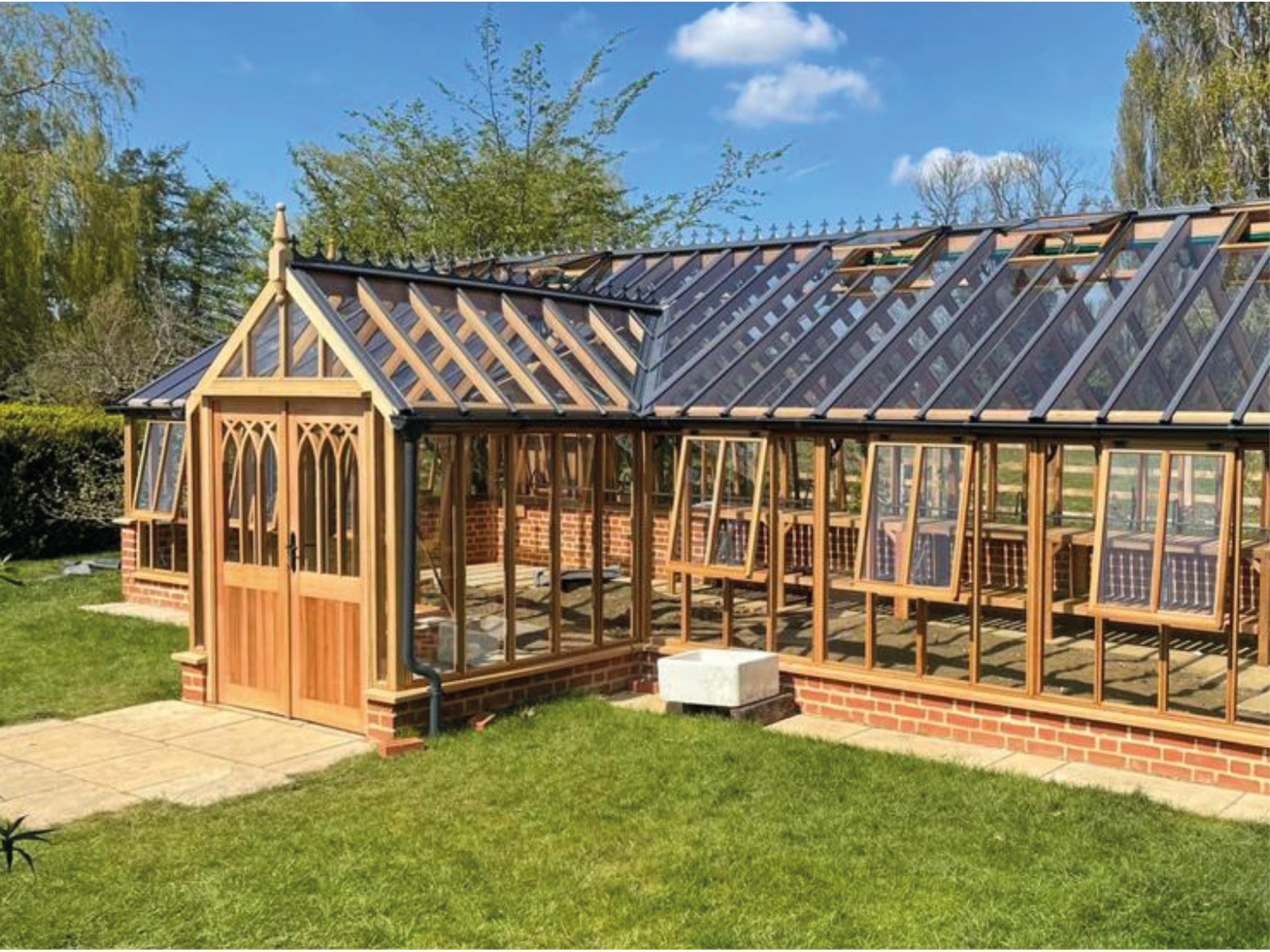
Year 3: Some of the work from my placement, showcasing the greenhouse designs I created during my placement. As part of my responsibilities, I would receive detailed briefs outlining the design requirements and specifications, based on which I would design greenhouses tailored to meet those specific criteria. Additionally, I had the opportunity to design sheds, pavilions, gazebos, and various garden buildings.
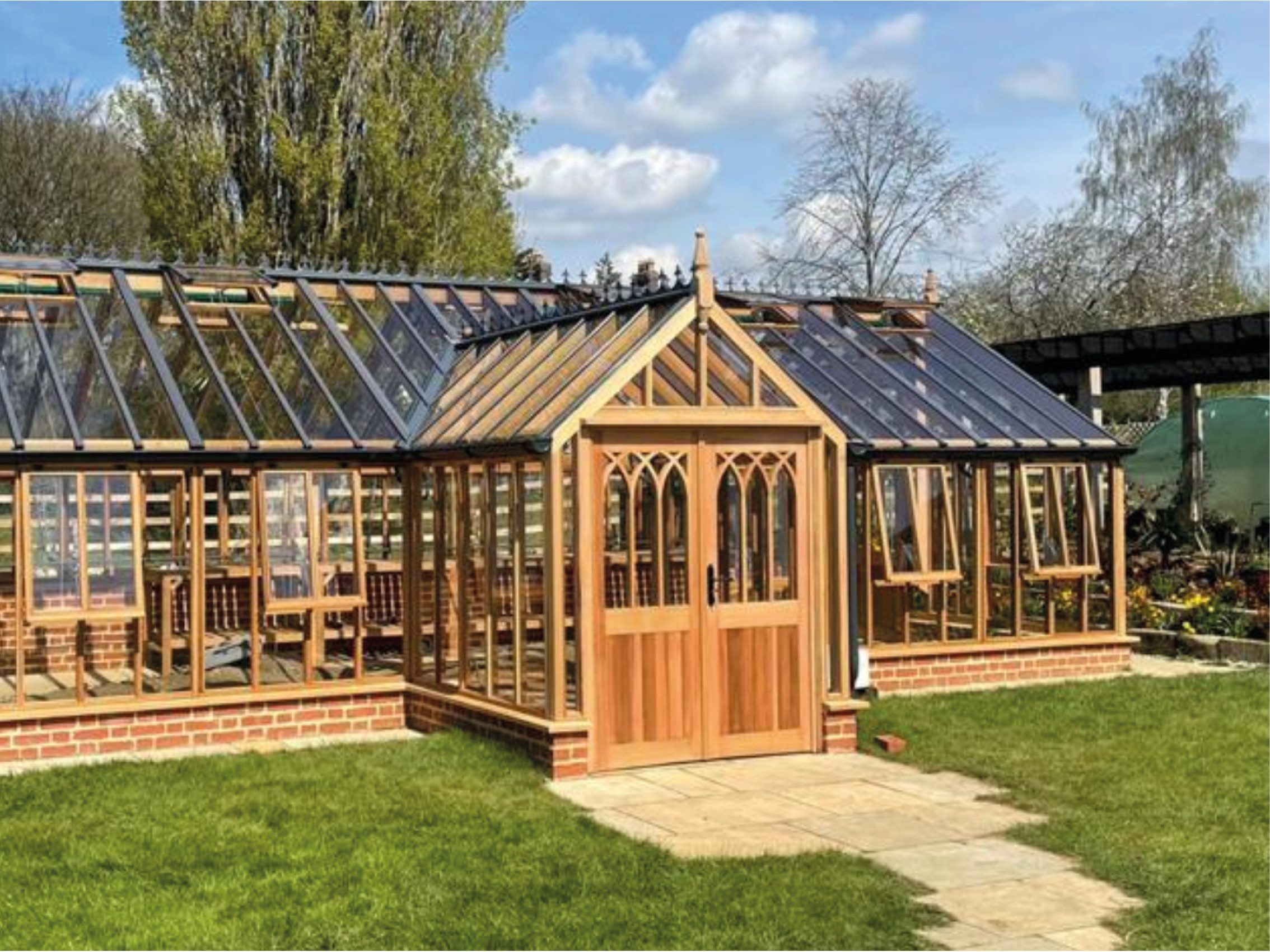
Awards
- Diploma of Professional Studies.
- Qualified to the semi-finals, top 50 global, as part of the Google Solution Challenge 2021 competition.
- Shortlisted for Student Design Awards RSA, for the Brief Amplifying Connections. (Awaiting final results)
Work Experience
Woodpecker Joinery UK (2021-2022) – Industrial Design and Development Intern.
Ernest Bevin College (June 2019- July 2019) – Design & Technology Technician.
MAKE Architects (October 2018, 1 Week) – Design Intern.
Visionary Thinkers
Visionary Creators
Visionary Makers